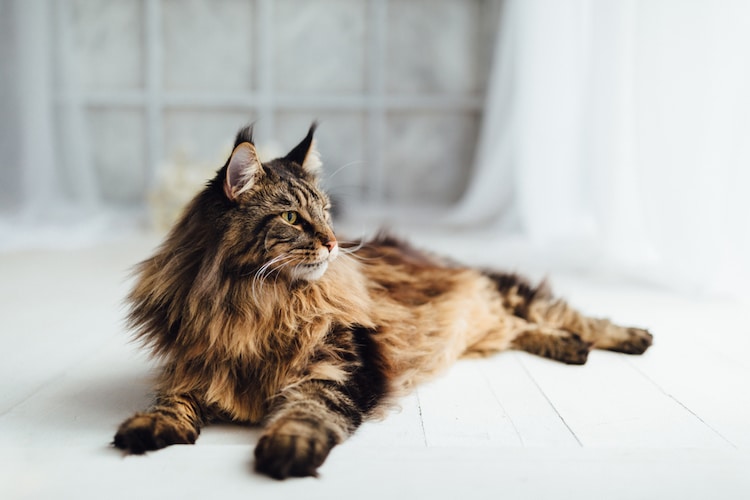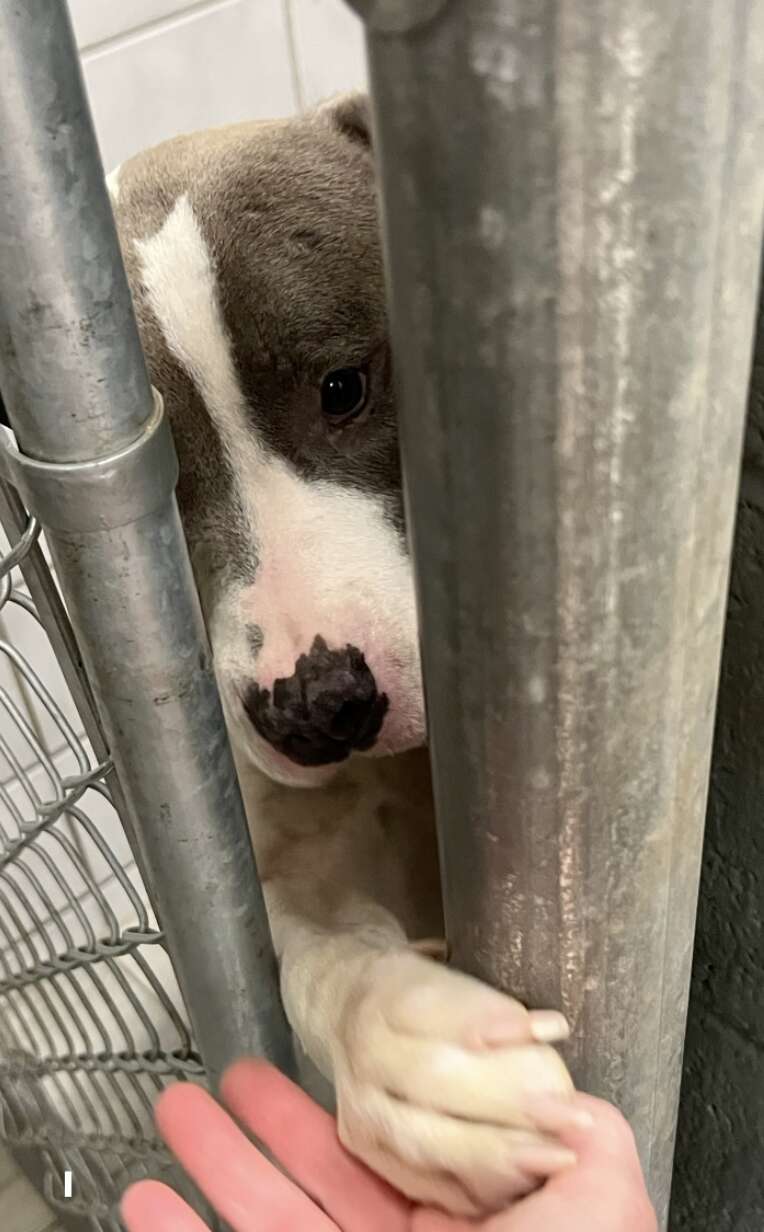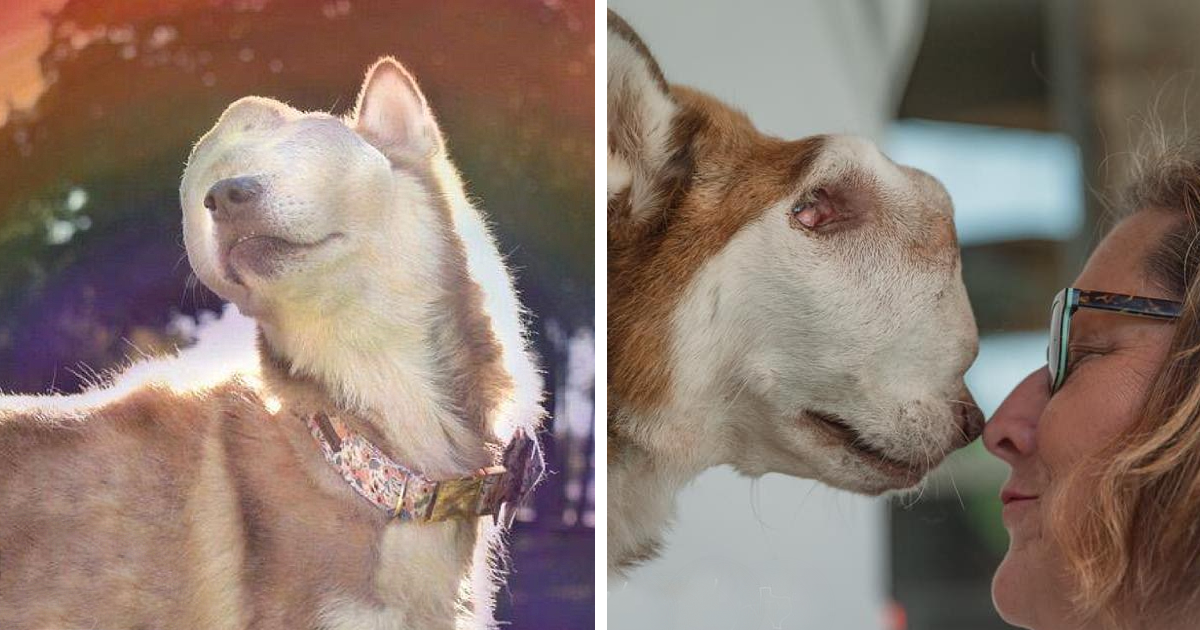The stunning Silver Bengal cat has gained popularity among cat lovers worldwide for their mesmerizing patterns and beautiful silver coats. If you’re planning to adopt one, congratulations! These cats possess unique qualities that make them great companions, such as being hypoallergenic and having minimal shedding tendencies.
To ensure that you can provide the best care for your Silver Bengal cat, we’ve put together some valuable information in this article. We’ll guide you through the art of grooming, helping you maintain their sleek fur and promote optimal health. We’ll also discuss their nutritional needs and reveal the key elements contributing to their overall well-being.
In addition, we’ll touch on some of the common health problems that Silver Bengal cats may be prone to, so you can be prepared to provide them with the best possible care and love. Get ready to experience the joy and companionship that a Silver Bengal cat can bring into your life!
![10 Things to Know About the Silver Bengal Cat [year] (With Pictures) 1 silver bengal cat](https://carebabies.xyz/wp-content/uploads/2024/02/1708524871_252_silver-bengal-cat.jpg)
The Silver Bengal cat is a unique feline breed that has an interesting history. These cats originated from a mix of wild Asian Leopard cats and domestic cats, first mentioned by British artist Harrison Weir in 1889 in his book “Our Cats and All About Them”. However, the term “Bengal” had not yet been coined at that time. In the 1960s, American breeder Jean Mill played a pivotal role in shaping the breed to resemble miniature jungle cats, with Leopard, Cheetah, and Leo being common names for Bengal cats. The breed gained immense popularity in the early 1990s, though initially, they came in shades of brown and golden, with no Silver Bengals in sight. It wasn’t until the breeding of Bengal cats with American Shorthairs that Silver Bengals emerged in the 1990s, with breeder Judy Sugden credited with producing the first litter of Silver Bengal kittens.
![10 Things to Know About the Silver Bengal Cat [year] (With Pictures) 2 silver bengal cat](https://carebabies.xyz/wp-content/uploads/2024/02/1708524871_71_silver-bengal-cat-1.jpg)
The stunning appearance of Silver Bengals has gained the admiration of Bengal cat breeders and fans alike. These cats bear a striking resemblance to small wild jungle cats, which has fascinated people. Finally, in 2004, TICA declared Silver Bengals as part of the Bengal breed, solidifying their place in the feline world.
Bengal cats were officially recognized as a breed by TICA in 1986, followed by the Governing Council of the Cat Fancy in 1997, and the Cat Fanciers’ Association in 2016. However, it wasn’t until the 1990s that Silver Bengals came into existence. Due to their introduction at a later stage, it took some time for Silver Bengals to be accepted as a distinct variation within the Bengal breed. Eventually, TICA granted Silver Bengals formal recognition in 2004.
![10 Things to Know About the Silver Bengal Cat [year] (With Pictures) 3 bengal-brown](https://carebabies.xyz/wp-content/uploads/2024/02/1708524871_611_bengal-brown.jpg)
Silver Bengal cats are distinctive from other Bengals due to their glistening silver fur. They are also larger than their counterparts, with longer legs and bigger feet. Finding these cats can be a challenge as they are considered rare, similar to regular brown Bengal cats. The global population count of Silver Bengals is not accurately known due to their rarity. However, they are not the rarest Bengal color; that title belongs to Snow Bengals, which are found in only one in a hundred thousand Bengal cats. While they are stunning animals, Silver Bengal cat prices can be high, with reported prices for Silver Bengal kittens exceeding $1000.
![10 Things to Know About the Silver Bengal Cat [year] (With Pictures) 4 gray-bengal](https://carebabies.xyz/wp-content/uploads/2024/02/1708524871_514_gray-bengal.jpg)
The Silver Bengal Cat is named as such because of the silver inhibitor gene that gives its coat a silver appearance. However, this does not mean that their coat color is actually silver. The dominant gene inhibits the usual brown coat color genes in Bengal cats, making their coat appear silver. If a Bengal kitten inherits the silver inhibitor gene from one parent and a brown gene from the other, it will always be a Silver Bengal kitten. But if both parents are Silver Bengals and pass on the brown gene to their offspring, it will be a regular brown Bengal kitten. It’s important to note that the silver inhibitor gene doesn’t entirely remove all warm pigments from the cat’s coat, so sometimes, there may be yellow or red pigments on their face, back, and legs. Aside from Silver Bengals, Blue Silver Bengal cats and Silver Spotted Bengals are also desired variations.
![10 Things to Know About the Silver Bengal Cat [year] (With Pictures) 5 silver bengal cat](https://carebabies.xyz/wp-content/uploads/2024/02/1708524871_63_silver-bengal-cat-3.jpg)
The silver Bengal cat is known for its exotic look, but don’t let that fool you into thinking they’re not affectionate pets. They can be quite friendly and love to show their owners love. However, they are not fans of sitting still for long periods of time and would rather not be held in laps.
These cats have a lot of energy and enjoy playing with their humans. They are also skilled climbers, which means they can accidentally knock things over in your home. To prevent this, you can provide them with a cat window perch or a cat tree where they can climb and explore different platforms, keeping them entertained while minimizing the chances of breaking anything.
![10 Things to Know About the Silver Bengal Cat [year] (With Pictures) 6 bengal-cats-duo](https://carebabies.xyz/wp-content/uploads/2024/02/1708524871_276_bengal-cats-duo.jpg)
If you’re thinking about getting a Silver Bengal cat, there are some important things to keep in mind. First, make sure you have enough space for them to move around comfortably. Bengals can grow quite large, so they need plenty of room to stretch their legs and play. Additionally, larger cats require more food to support their growth and energetic personalities. Be prepared to provide them with a diet that meets their nutritional needs, and make time for playtime to keep them active.
Because of their size, Bengals may experience joint strain. Keep an eye on their mobility and consult your vet if you notice any issues. Finally, it’s essential to be aware that Bengals are prone to certain health problems. Before bringing one into your home, make sure they’re in good overall health. If you notice any signs of illness, seek prompt veterinary care.
By taking these factors into consideration, you’ll be better equipped to determine whether a Silver Bengal cat is the right fit for your home and lifestyle.
![10 Things to Know About the Silver Bengal Cat [year] (With Pictures) 7 silver bengal cat](https://carebabies.xyz/wp-content/uploads/2024/02/1708524871_964_silver-bengal-cat-4.jpg)
Caring for Your Silver Bengal Cat: Tips and Advice
Cuddly and playful, silver Bengal cats make great pets for those with allergies, as their short coats don’t shed much. When it comes to grooming, a light brush every now and then is enough to remove loose hair. During spring shedding season, however, it’s important to brush them more often. Don’t forget to check their nails, clean their ears, and brush their teeth with vet-approved toothpaste if needed.
To keep your feline friend in top health, feed them a protein-rich diet and watch out for symptoms of intestinal bowel disease. Luckily, most cases can be resolved by treating parasites and switching to a high-protein cat food. If you notice any signs of sickness, be sure to consult your vet for proper diagnosis and treatment.
![10 Things to Know About the Silver Bengal Cat [year] (With Pictures) 8 bib-bengal-silver](https://carebabies.xyz/wp-content/uploads/2024/02/1708524871_124_bib-bengal-silver.jpg)
The topic being discussed is whether silver Bengal cats are hypoallergenic and their health and lifespan. While some people believe that they are hypoallergenic due to their short-haired coats and minimal shedding, the scientific definition of “hypoallergenic” is still debated among experts. However, they are generally a good option for individuals with allergies as they are less likely to cause allergic reactions compared to long-haired pets.
Bengals, including silver Bengal cats, can live for 12 to 16 years with proper care and a suitable diet. Proper nutrition is essential for their health, and they require plenty of protein from meat to provide essential nutrients like taurine. Exercise and mental stimulation are also crucial to prevent obesity and keep them healthy. Providing toys, designated areas for climbing, and scratching posts are excellent ways to keep them entertained. It’s also vital to be aware of foods that are harmful to Bengals to protect their health.
![10 Things to Know About the Silver Bengal Cat [year] (With Pictures) 9 silver bengal cat](https://carebabies.xyz/wp-content/uploads/2024/02/1708524871_635_silver-bengal-cat-5.jpg)
If you have a Silver Bengal cat, it’s important to be aware of the foods that can be toxic to them. While it’s generally not a good idea to feed your pets human food, some foods can be especially harmful to our feline friends. Chocolate is a big no-no, as it contains theobromine which can cause heart problems and seizures even in small amounts. Caffeine is also highly dangerous and can lead to rapid heart rate, tremors, and even collapse. Grapes and raisins may seem harmless but can cause kidney failure and other severe health issues in cats. Garlic, chives, and onions are commonly used in cooking but can damage red blood cells and cause digestive issues in cats. Green tomatoes contain Glycoalkaloid Solanine, which can lead to gastrointestinal problems. While tuna is generally okay in small amounts, overconsumption can lead to malnutrition and even mercury poisoning. Fat trimmings, bones, and raw eggs should also be avoided as they can cause digestive problems, skin and fur issues, and choking hazards. Dog food doesn’t contain the essential nutrients that cats need, so it’s best to stick to a diet specifically formulated for your Bengal cat. While liver can be beneficial in small quantities, excessive amounts can be toxic and cause bone issues and deformities. Finally, overindulging in treats can contribute to obesity and increase the risk of developing diabetes, so it’s important to provide treats in moderation and prioritize a balanced diet.
![10 Things to Know About the Silver Bengal Cat [year] (With Pictures) 10 curious-bengal](https://carebabies.xyz/wp-content/uploads/2024/02/1708524871_909_curious-bengal.jpg)
When considering bringing a Bengal cat into your home, it’s important to be aware of a few potential health concerns that can affect this breed. While Bengals and Silver Bengals are typically healthy, there are a few issues to keep in mind. Joint problems like patella luxation can occur, which causes the knee joints to move in and out of place. Anesthetic allergies can also be a concern as Bengals are highly sensitive to anesthesia, which could lead to an allergic reaction and potentially fatal consequences. Older Bengals may develop hypertrophic cardiomyopathy, a common heart condition that makes the heart muscles thicker and requires more work from the heart, potentially causing blood clots, immobility in the back legs, or congestive heart failure. Cataracts can also occur, causing cloudy eyes and vision loss, but they can be removed with surgery. Progressive retinal atrophy is another eye disease that can damage the retina and lead to vision loss. Finally, thyroid problems can cause weight changes, appetite changes, depression, and vomiting in your Bengal. While these health concerns aren’t common, it’s important to be aware of them and address any issues that arise promptly to ensure your Bengal stays healthy and happy.
![10 Things to Know About the Silver Bengal Cat [year] (With Pictures) 11 bengal-eyes](https://carebabies.xyz/wp-content/uploads/2024/02/1708524871_215_bengal-eyes.jpg)
In conclusion, Silver Bengal cats are an exquisite breed that adds a touch of the wild to our homes. Their alluring silver coats and unique markings make them a sight to behold. Even if they aren’t hypoallergenic, their low shedding and short coats make them an excellent option for cat lovers with allergies. They require minimal grooming, leaving more time for owners to enjoy their company. These cats have lively personalities, making them exciting and entertaining companions. They are intelligent, curious, and always ready for adventure. Silver Bengals are also known for their affectionate and social nature, forming strong bonds with their human family members. If you’re interested in purchasing a Silver Bengal cat, be aware that this article contains affiliate links – clicking through and making a purchase may result in a small commission.





